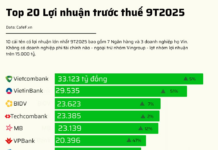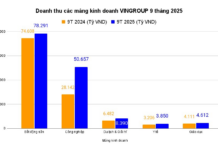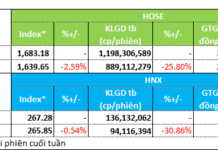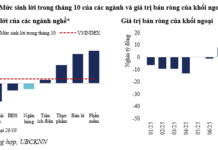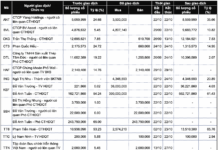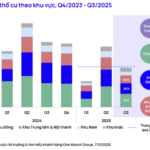There have been numerous rumors and lists circulating on social media recently, outlining potential mergers and divisions of provincial-level administrative units.
The lists include columns of information detailing the proposed changes: names of the original provinces, proposed new province names, locations of the new provincial capitals, areas to be merged and the new total area, population data for the merging units and the new administrative unit, and GRDP data.
On November 27th, in response to VTC News, Mr. Vu Dang Minh, Chancellor and Spokesperson of the Ministry of Home Affairs, emphasized that the information and images spreading online about the rearrangement and merger of provinces are inaccurate.
“The information was not provided by authorized agencies and has not been verified. We have requested the Ministry of Public Security to investigate and handle the dissemination of this false information,” said the Chancellor of the Ministry of Home Affairs.
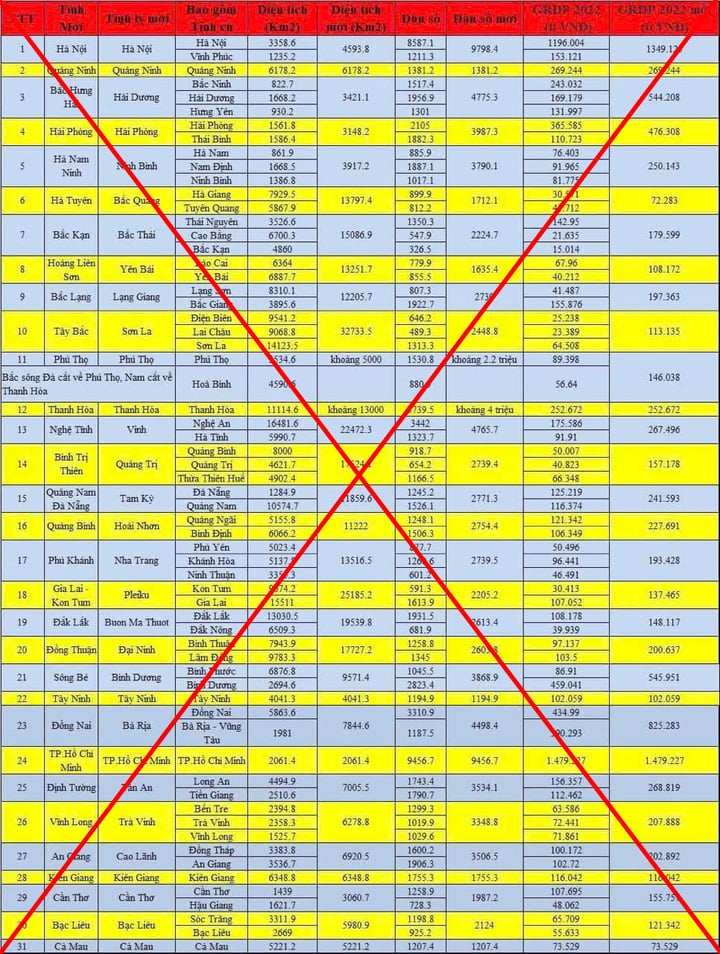
The information about province mergers spreading online is inaccurate.
According to Mr. Vu Dang Minh, after arranging the administrative units at the district and communal levels, the Ministry of Home Affairs is researching and advising authorized agencies on the next steps, and no specific plans have been announced regarding the rearrangement of provinces, cities, or specific ministries and sectors.
According to the report on the implementation of the Law on Organization of Local Governments, as of June 30, there were 63 administrative units at the provincial level (58 provinces and 5 centrally-run cities), 705 administrative units at the district level (523 districts, 46 districts, 51 towns, 84 provincial cities, and 1 city belonging to a centrally-run city), and 10,595 administrative units at the commune level (8,192 communes, 1,784 wards, and 619 townships) in Vietnam.
The Ministry of Home Affairs proposed reviewing and supplementing the Law’s provisions to accelerate the continued rearrangement of district- and commune-level units from now until 2030 and to study the pilot rearrangement of provincial-level administrative units.
The Race to Streamline: A Thousand Redundant Officials as Vietnam’s Most Populous Locale Slashes 39 Wards in Just One Month
The city is meticulous in its planning, ensuring that the day-to-day lives and business operations of its citizens and organizations are not disrupted.
The Perfect Union: Bà Rịa – Vũng Tàu Unites Two Districts After Two Decades Apart
Long Dat district, with its vast expanse of 267 square kilometers, is home to a thriving community of over 241,500 individuals. This vibrant region boasts a rich history and a promising future, offering a unique blend of cultural heritage and modern aspirations. With a diverse landscape and a dynamic population, Long Dat is an enchanting destination that captivates visitors and locals alike.
How Many Wards and Communes Are There in Hanoi After the Merger?
The restructuring of Hanoi’s communal-level administrative units has resulted in a streamlined structure. The city now boasts 12 dynamic districts, 17 vibrant counties, one thriving township, and 526 communal-level administrative units. This new organization positions Hanoi for enhanced efficiency and effective governance, fostering a brighter future for all its residents.












